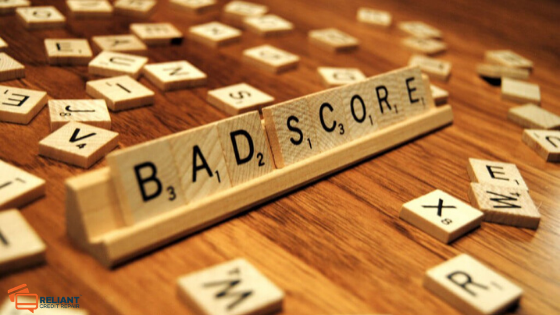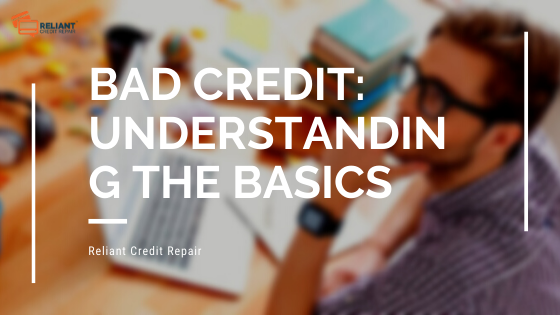Beginner’s Guide to Repairing a Bad Credit Score
If you happen to be one of those with a low credit score, don’t worry because help is on the way. Reading this article will give you an idea of what are good and bad credit scores and how to repair your credit score so you get to see positive results the next time you get a copy from a credit agency.
Before you start working on your FICO rating, here’s some information about good and bad credit scores that might help.
Where’s the line drawn between good and bad credit and how can you improve your score?
Normally, credit scores lie between 0-549 (a poor credit score), up to 800 (good credit score), and 1200 for an excellent one. Lenders make use of this number along with your credit report to access your request for a credit card or a loan.
So in case you don’t know what’s a good credit score, you should have it somewhere between 750-800. In case you got a bad credit score, following the tips shared below can help remove those negatives from your report and improve your financial history.
Credit score repair starts by getting a copy of this document from a credit agency. There are three to choose from namely Expedia, Equifax, and Transunion. The basis of this figure lies in your credit history, outstanding debts and length of credit.
The next thing for you to do is to examine it. Most people have at least one or two errors that can be corrected if you have supporting documents to refute those claims. These should be mailed to the credit agency who handed the credit report so they can conduct an investigation and make the necessary corrections if what you say happens to be true.
However, if the negative information is true, the only thing you can do is pay those debts. You have to remember that late payment and charged-off accounts will remain in your record for the next 7 years. If ever you filed for bankruptcy, this will be kept on file for 10 years.
The challenge of paying for debt is that you don’t have to pay the amount in a lump sum. The only way to do this is to pay these slowly and to prevent it from being reported, you have to talk with the creditors regarding your situation and work out a payment plan.
If you are successful in making a deal, then you have to make it happen by coming up with the money. This can be achieved by cutting down on your expenses and using this to pay off the debt that has the highest interest rate. Once you have passed that hurdle, it is time to work on the rest.
The objective here is for you to be able to close unneeded or unused accounts so you end up carrying only 2 credit cards left in your wallet.
It is advisable to end the newer ones rather than the old ones and if there are many, do this over a period of several months. You should verify that they were closed so this will also be reflected in your report.
You can use the same strategy for fixed loan payments but remember that this is just a short term because you will be paying more due to interest but at least it allows you to stay current and aids in credit score repair.
Surely, you want to keep some money to be able to buy necessities like food, clothes, and gas. In order to earn interest, you should open a savings account at your back. This gesture also shows creditors that although you have credit problems, you are determined to get yourself out of the hole.
Repairing your credit score will not be accomplished overnight. You will have to change your lifestyle for a while until things get better and when that happens, you should make sure that this stays that way. If you need help, get a financial adviser who will help you every step of the way so you won’t be in debt again.



